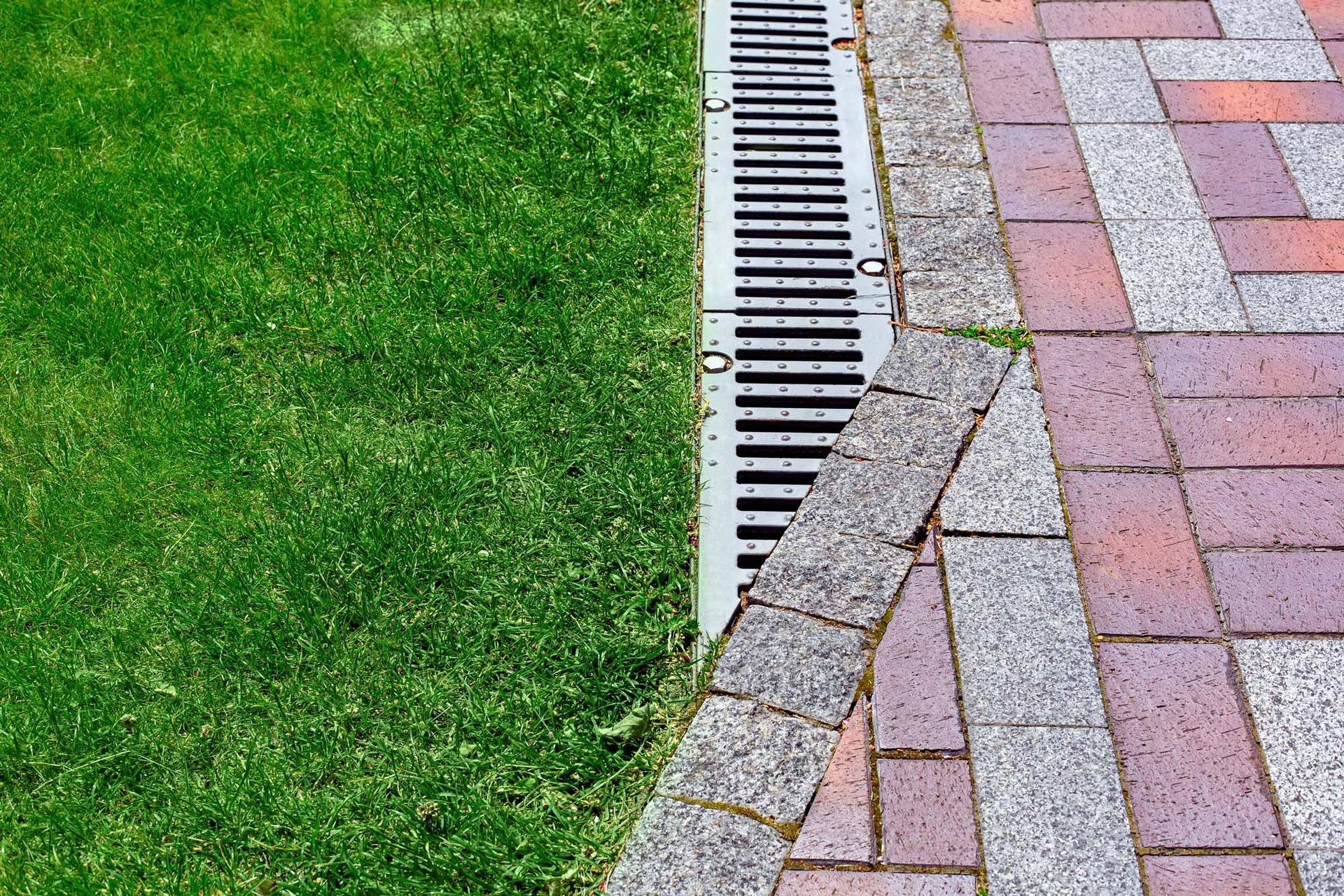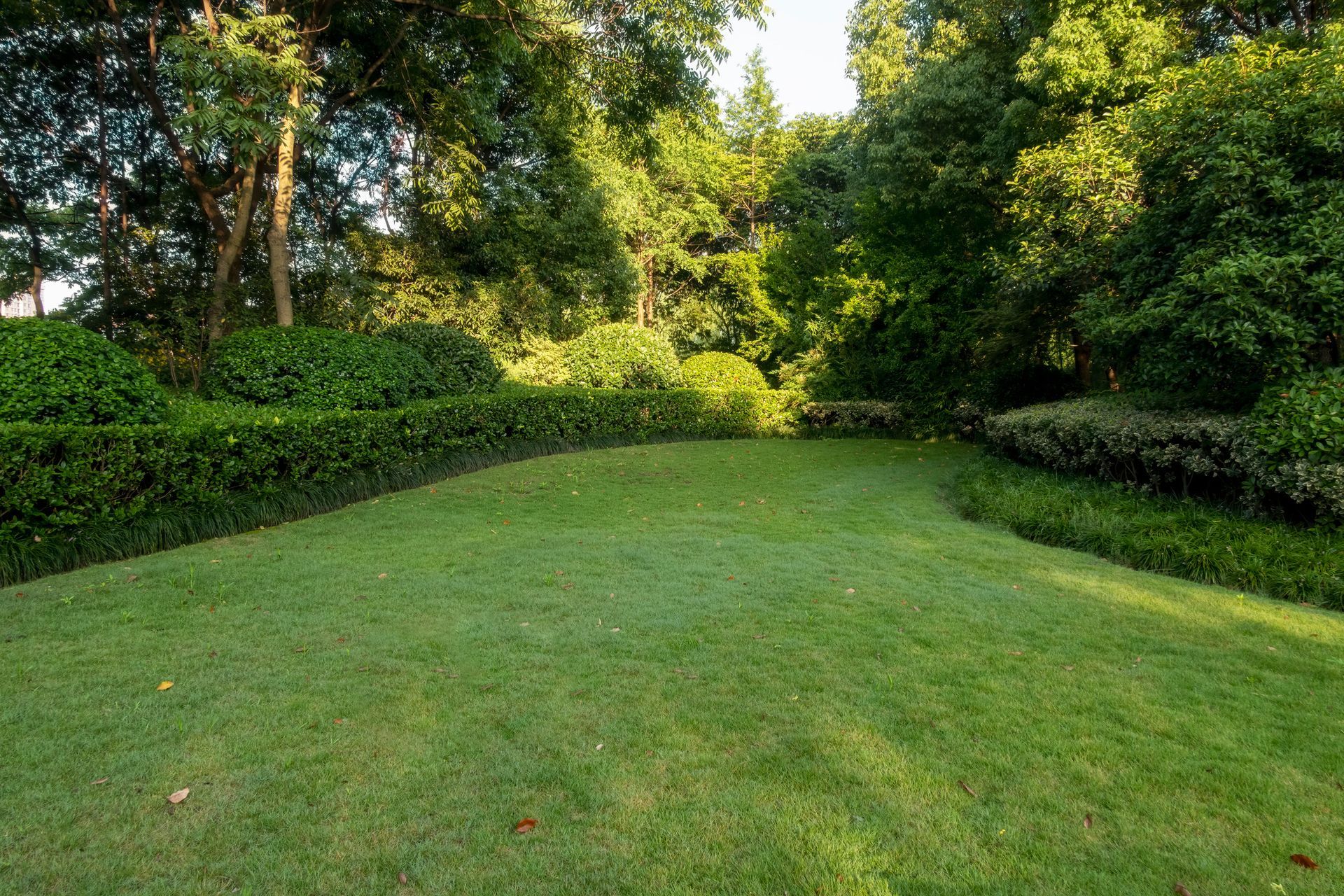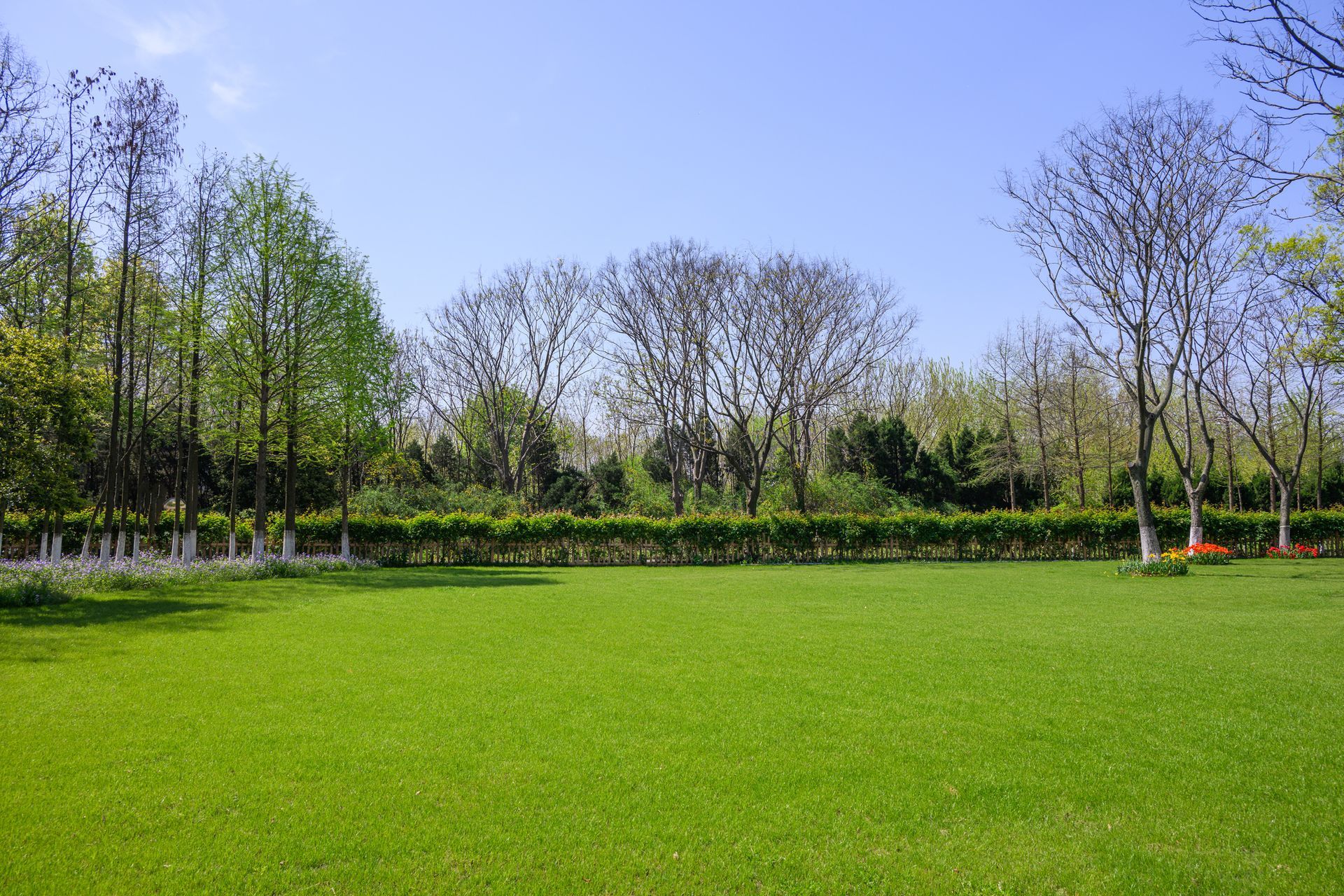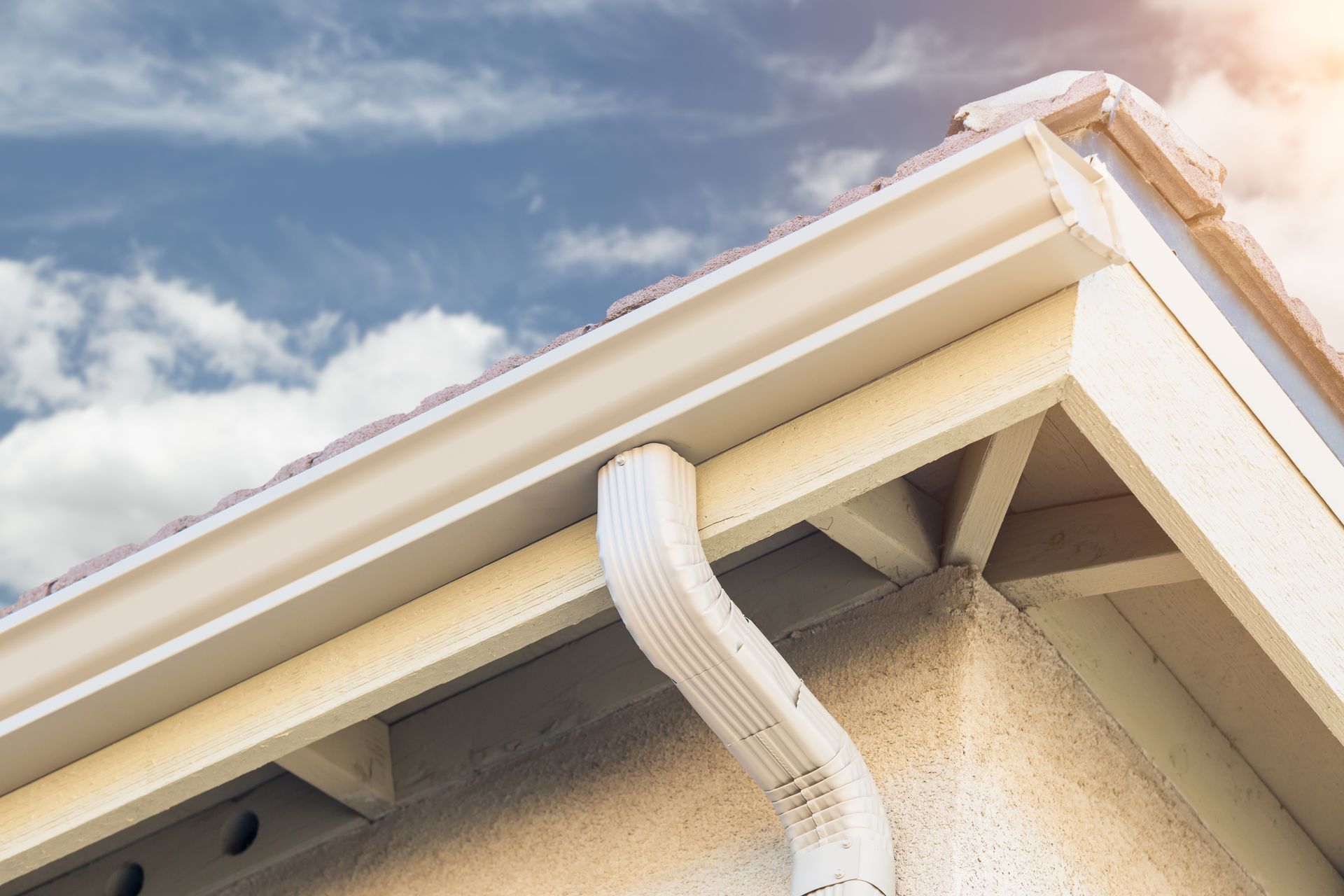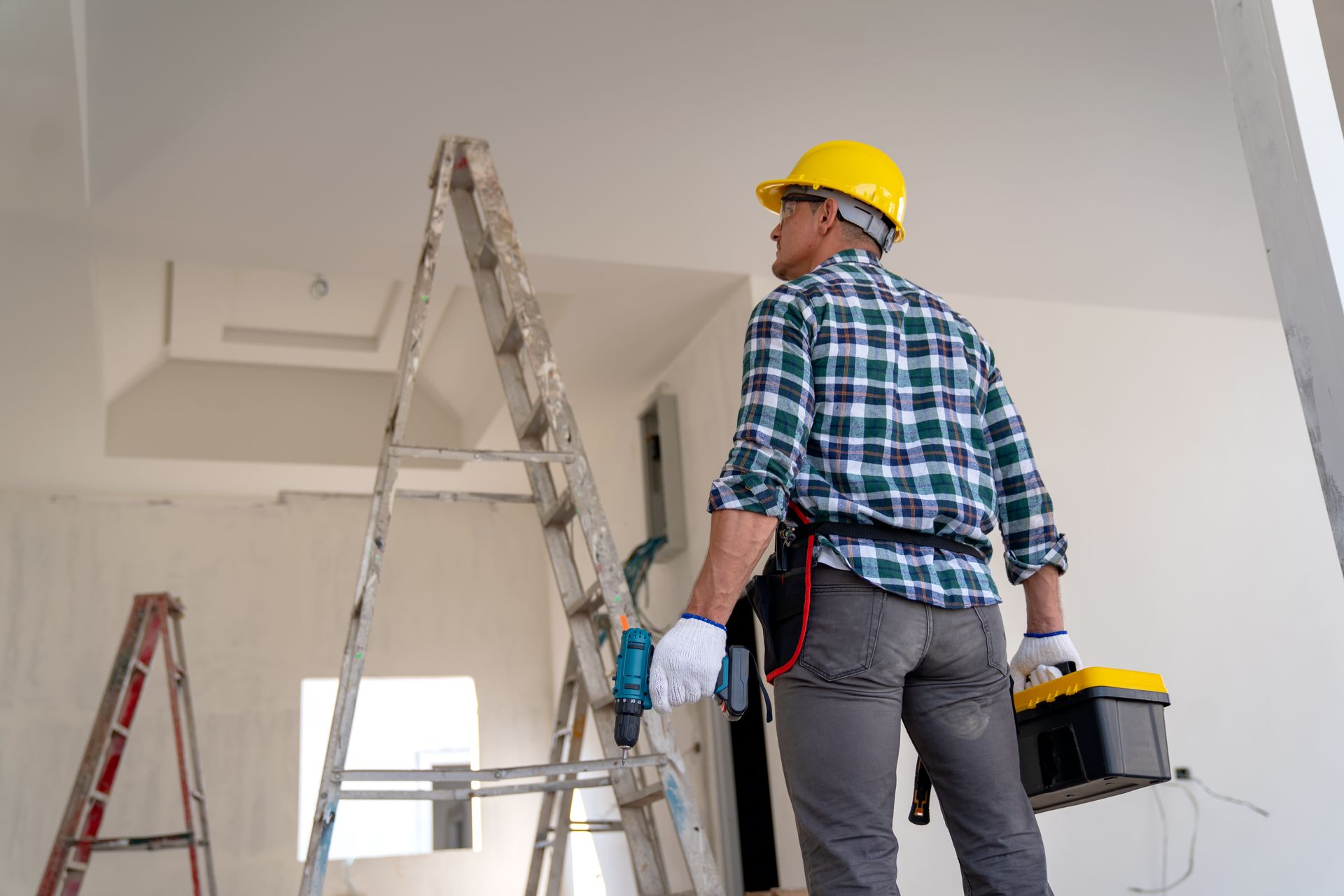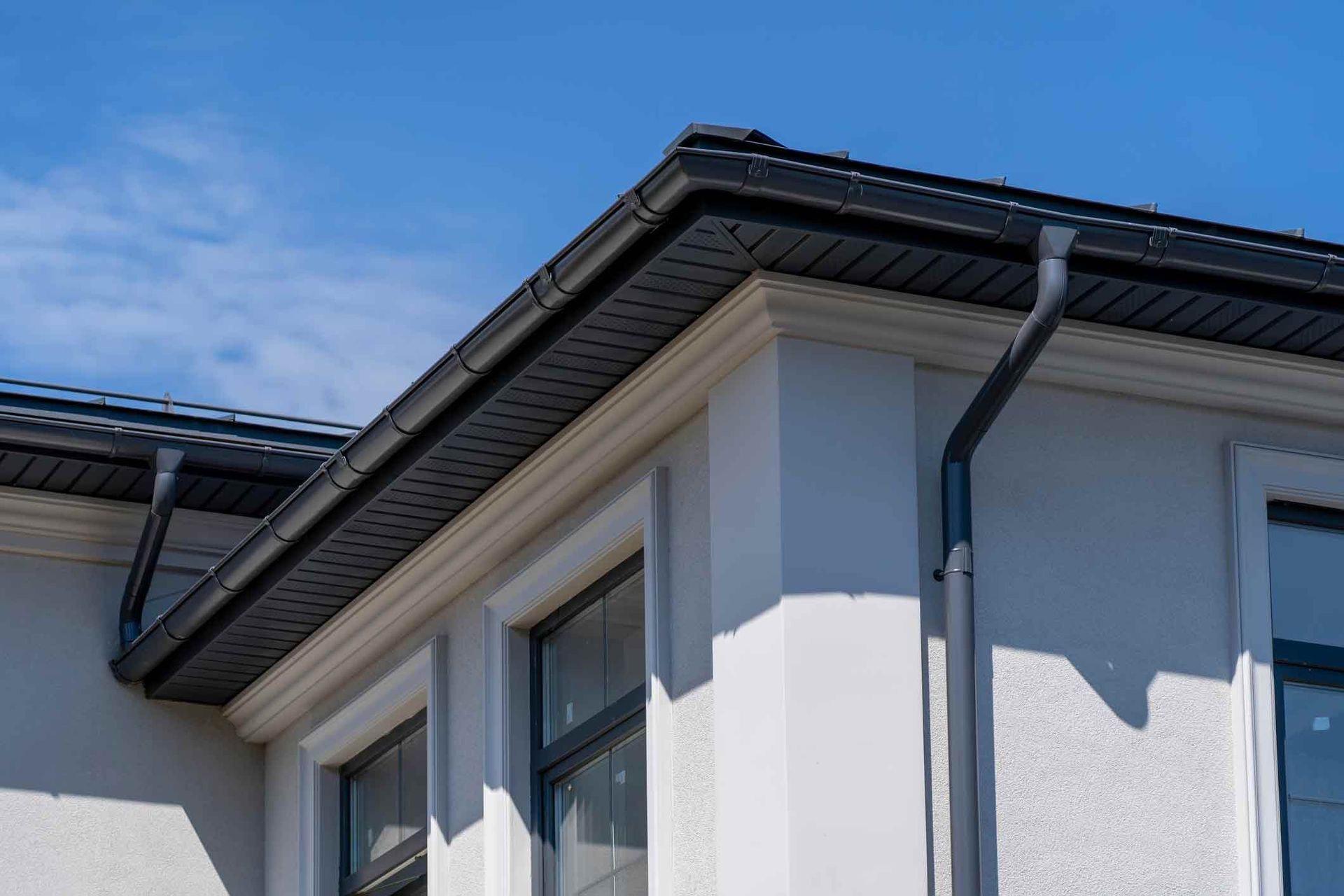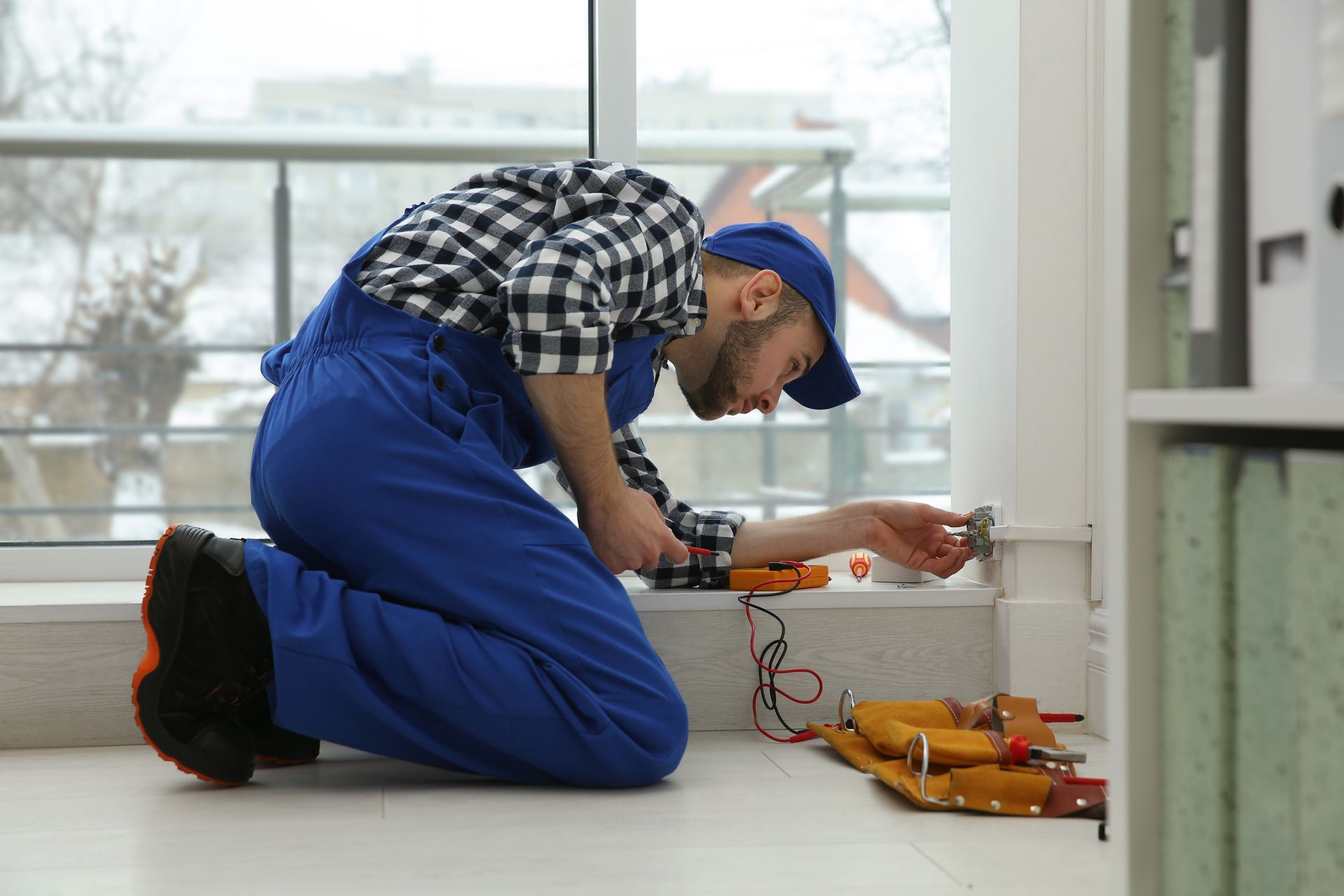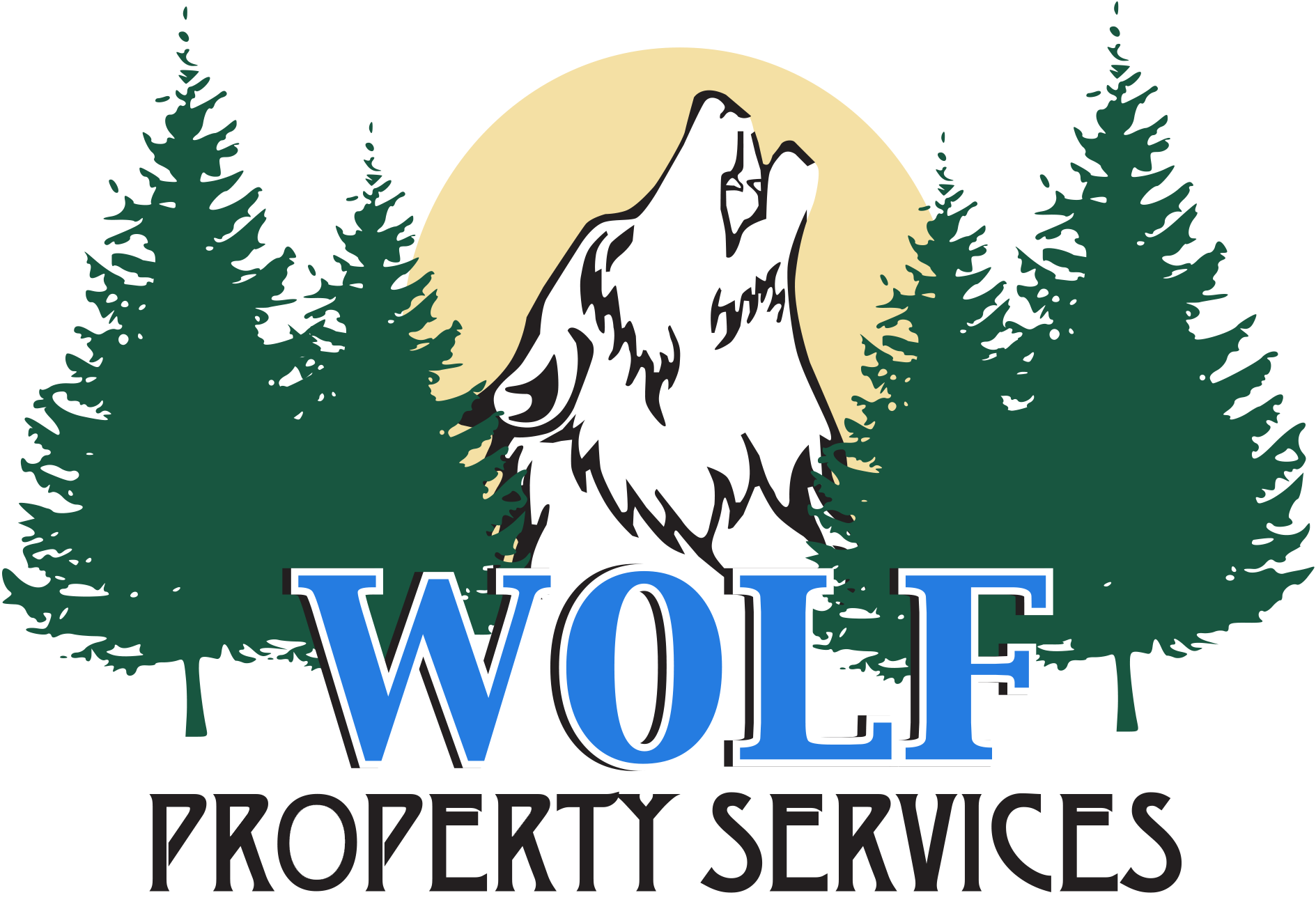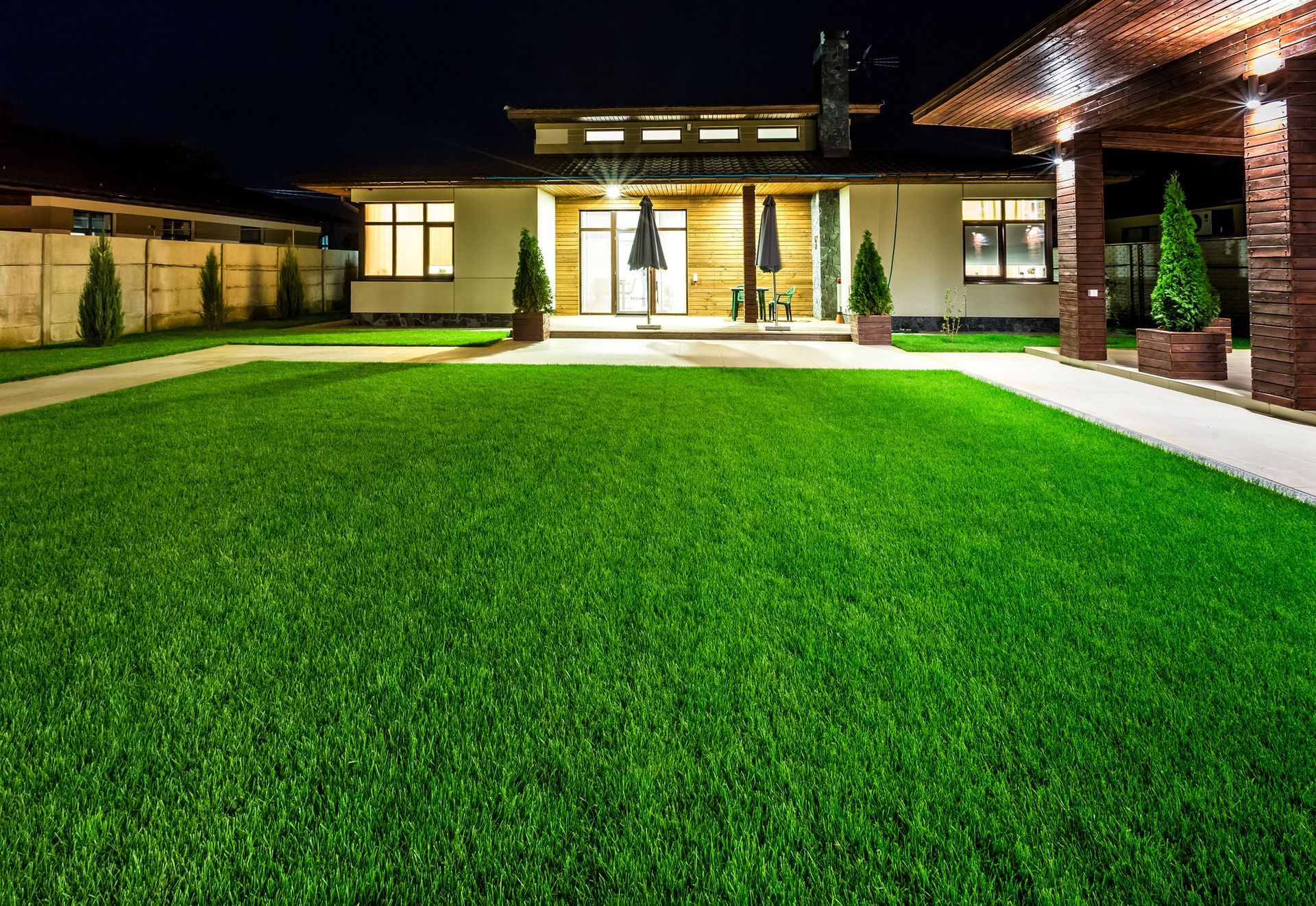Flourishing Flower Beds: Essential Care Tips from Wolf Property Services in Laura, Ohio
Welcome to the serene landscapes of Laura, Ohio, where every bloom tells a story of meticulous care and dedication. At Wolf Property Services, we understand that your flower beds are the heart of your outdoor oasis. Whether you're a seasoned gardener or just starting, proper care is key to maintaining vibrant, flourishing flowers year-round.
Here are some essential flower bed care tips straight from the green thumbs at Wolf Property Services:
1. Soil Preparation: The foundation of a healthy flower bed starts with nutrient-rich soil. Before planting, amend the soil with compost or organic matter to improve its texture and fertility. A well-draining soil mix is crucial to prevent waterlogging, which can lead to root rot.
2. Plant Selection: Choose flowers and plants that thrive in Laura's climate and soil conditions. Native species like Black-eyed Susans, Coneflowers, and Daylilies are not only beautiful but also adapted to the local environment, requiring less maintenance.
3. Proper Watering: Adequate watering is essential for the health of your flowers. During dry periods, water deeply and infrequently to encourage deep root growth. Avoid overhead watering, especially in the evening, as it can promote fungal diseases. Consider installing a drip irrigation system for efficient watering.
4. Mulching: Mulching offers numerous benefits for your flower beds, including moisture retention, weed suppression, and soil insulation. Apply a layer of organic mulch, such as shredded bark or compost, around your plants to conserve moisture and deter weed growth. Remember to top up the mulch periodically to maintain its effectiveness.
5.Regular Maintenance: Keep your flower beds tidy and weed-free by regularly removing debris and unwanted plants. Deadhead spent flowers to promote continuous blooming and prevent self-seeding. Prune back overgrown foliage to encourage healthy growth and improve air circulation.
6. Fertilization: Feed your flowers with a balanced fertilizer during the growing season to replenish essential nutrients. Choose a slow-release or organic fertilizer to avoid burning delicate roots. Follow the manufacturer's instructions for application rates and frequency.
7. Pest and Disease Management: Monitor your flower beds for signs of pests and diseases, such as aphids, powdery mildew, or fungal infections. Employ integrated pest management techniques, such as handpicking pests, introducing beneficial insects, or using eco-friendly pesticides as a last resort.
8. Seasonal Care: Adjust your care routine according to the changing seasons. In spring, focus on soil preparation, planting, and early maintenance tasks. Summer requires diligent watering and pest control, while fall is the time for dividing perennials and preparing for winter.
By following these flower bed care tips from Wolf Property Services, you can create a stunning outdoor sanctuary that blooms with vitality throughout the seasons. Let the beauty of nature flourish in your own backyard, and enjoy the therapeutic benefits of gardening in Laura, Ohio. Happy gardening!

